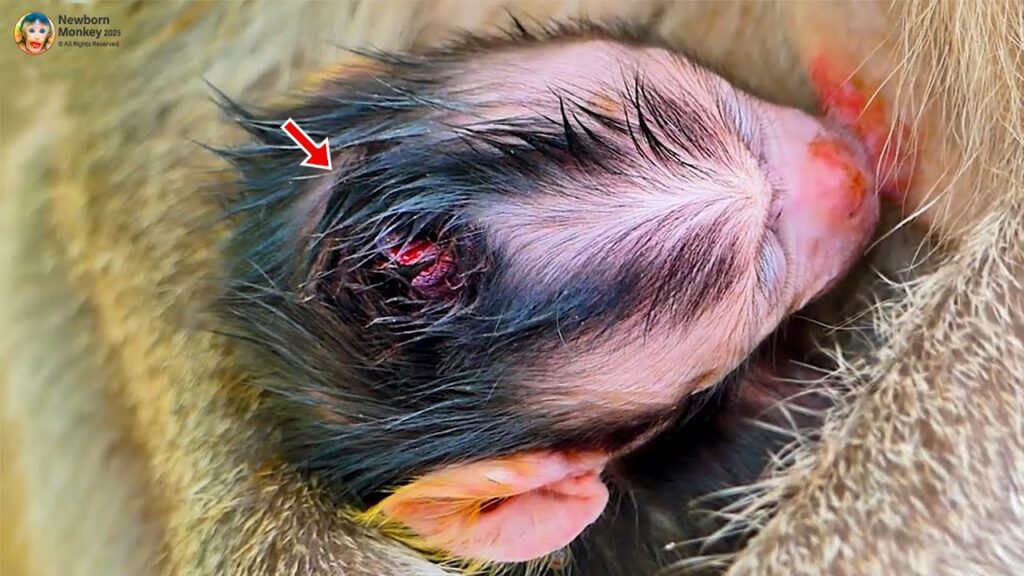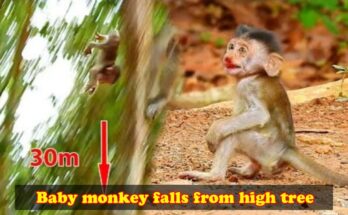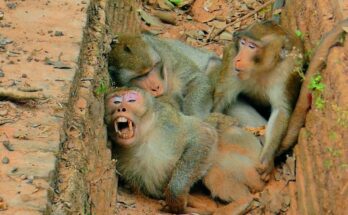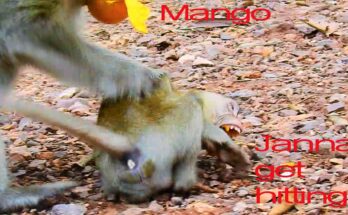
In a quiet corner of the forest, baby monkey Luma looked completely puzzled. With her big, round eyes scanning her surroundings, she clung tightly to a branch, unsure of what to do. Her mother, Sippey, remained close by, vocalizing with sharp calls and frantic gestures. Something had clearly unsettled her.
Luma’s confusion was heartbreaking. Every time she moved to climb down, Sippey rushed over, pulling her back and warning her with anxious sounds. The little one didn’t understand why she couldn’t play like before or explore the trees freely. Her innocent attempts to move about were met with firm, protective resistance.
Nearby, rustling in the bushes hinted at the presence of a predator—perhaps a snake or wild dog. Sippey’s maternal instincts were on high alert, sensing the danger even before it appeared. Her constant warnings were not scolding, but desperate attempts to keep her baby safe. Luma, however, being so young, couldn’t grasp the seriousness of the threat.
The tension between protection and curiosity played out in every move. Luma whimpered softly, wanting comfort and play. Sippey, with eyes constantly scanning the forest floor, kept her baby close and calm with gentle touches.
Eventually, the danger passed, but the lesson lingered. Luma, though still confused, began to sense the rhythm of the wild—a place where danger often hides in silence. Her mother’s warnings, once frustrating, slowly began to make sense.
This touching moment between mother and baby shows the deep instincts of love and protection in the animal world. Even without words, Sippey’s actions spoke volumes: “Stay close, stay safe.” And in time, little Luma will learn to understand those silent warnings that may one day save her life.


